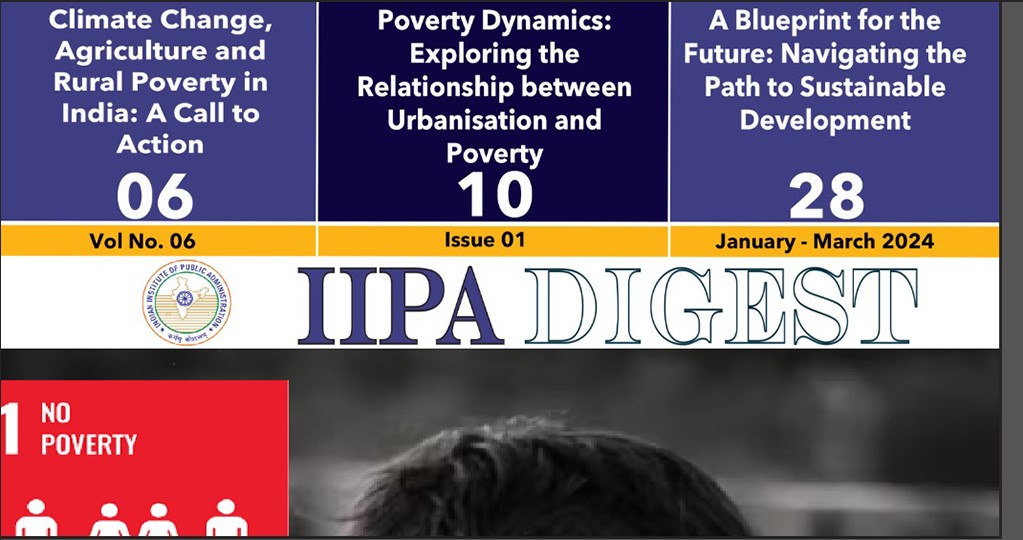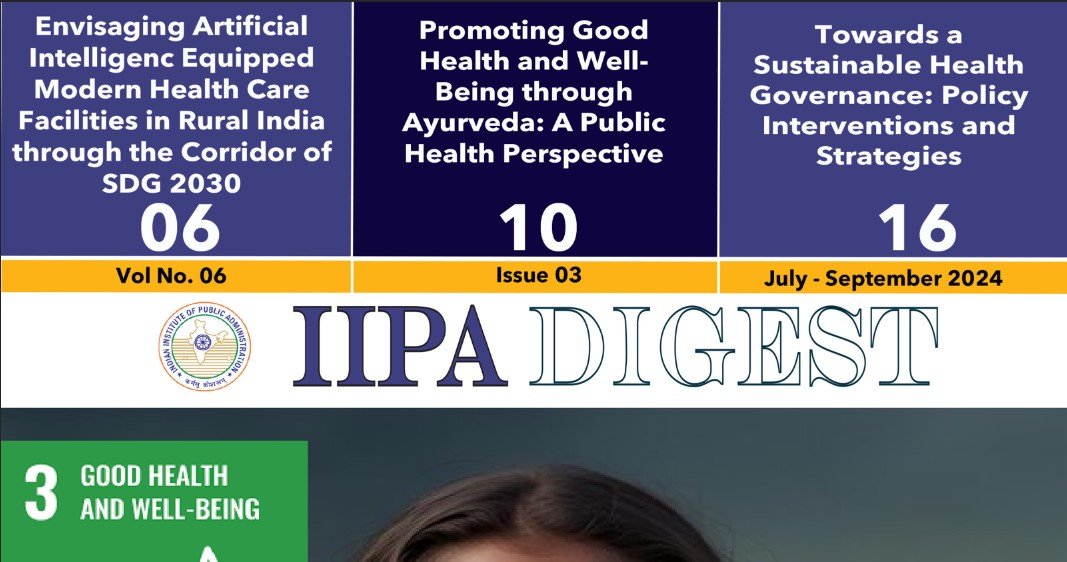The call to action resonates across disciplines, urging policymakers, researchers, and communities to collaborate in crafting sustainable solutions. By addressing the challenges with foresight and determination, we can cultivate a future where agriculture thrives, rural poverty diminishes, and communities stand resilient in the face of a changing climate.
References
• Somanathan, E., & Somanathan, R. (2009). Climate Change: Challenges Facing India’s Poor. Economic and Political Weekly, 44(31), 51-58.
• Gupta, A., & Pathak, H. (Climate Change and Agriculture in India. Climate Change Programme, Strategic Programmes, Large Initiatives and Coordinated Action Enabler (SPLICE) Division, Department of Science & Technology, Ministry of Science & Technology, Government of India, New Delhi.
• 3. Reilly, J. (1995). Climate Change and Global Agriculture: Recent Findings and Issues. American Journal of Agricultural Economics, 77(3), 727-733. Oxford University Press on behalf of the Agricultural & Applied Economics Association.
• African Development Bank, Asian Development Bank, Department for International Development, United Kingdom, Directorate-General for Development, European Commission, Federal Ministry for Economic Cooperation and Development, Germany, Ministry of Foreign Affairs - Development Cooperation, The Netherlands, Organization for Economic Cooperation and Development, United Nations Development Programme, United Nations Environment Programme, The World Bank. (Joint report titled “Poverty
and Climate Change: Reducing the Vulnerability of the Poor through Adaptation”)
• Kavi Kumar, K. S. (2007). Climate Change Studies in Indian Agriculture. Economic and Political Weekly, 42(45/46), 13, 15-18.
• The IUP Journal of Environmental Sciences, Vol. VI, No. 1, 2012.
• Hertel, T. W., & Rosch, S. D. (2010). Climate Change, Agriculture, and Poverty. Applied Economic Perspectives and Policy, 32(3), 355-385. Oxford University Press on behalf of the Agricultural & Applied Economics Association.
• Heshmati, A., Maasoumi, E., Wan, G. (2015). Poverty Reduction Policies and Practices in Developing Asia (pp. 55-78). In Economic Studies in Inequality, Social Exclusion, and Well-Being














